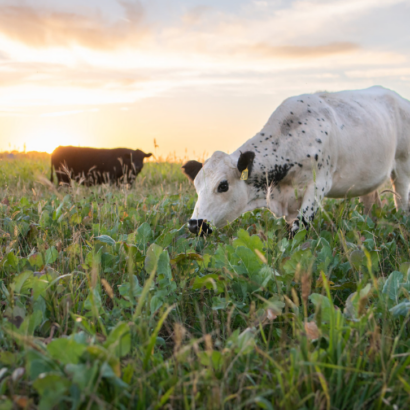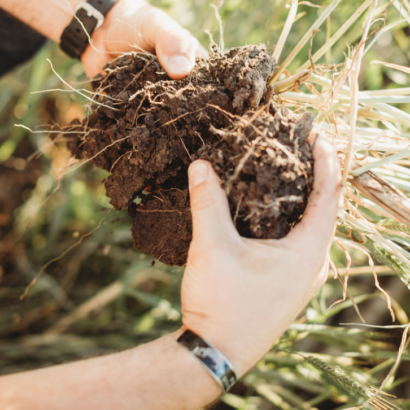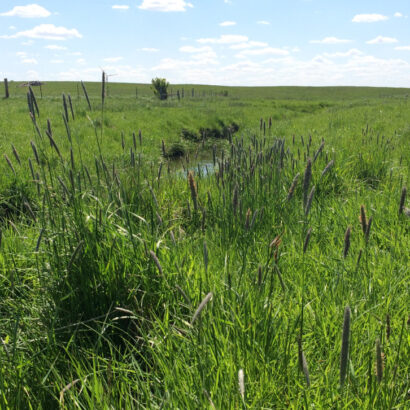With winter feeding and calving season in full swing for most producers, some may be seeing their hay pile quickly dwindling. While many have quick access to perennial grass hay in their area, some may not be that fortunate. Planting spring forages early in the growing season can allow you to take advantage of spring moisture and have a decent cutting of dry forage. If soil moisture is adequate, planting warm-season annuals such as millets or sudangrasses can give you another boost of tonnage to make dry hay for the winter months.
As the small seed world continues to change and adapt to customer demand, cool-season forages do as well. Most cattlemen are familiar with oats, planting them in the spring and harvesting them for seed or making dry feed. However, Spring Triticale is starting to become more common in cattleman’s rotations in the Midwest. Triticale is a hybrid cross between cereal rye and wheat. It is later maturing than oats or barley, has high yield potential, and great standability. The drought tolerance in spring triticale is like nonother and performs in a wide range of soil types. Forage barley is another excellent option because it performs well in low rainfall areas, along with it being an early maturating forage that takes a limited amount of moisture to grow decent tons of dry feed.
The most common reason producers did not use triticale or barley in diets were the long awns on their seed heads. As seed technology advanced, they created awnless and beardless varieties to prevent mouth sores and lower average daily gain.
Once spring forages are baled off and if soil moisture allows, producers have a few options to continue creating forage. Options included planting a multispecies cover crop with cool and warm-season grasses, brassicas, and legumes to graze in the fall or continue with dry feed for the winter.
If dry feed is your desired outcome, german millet is probably your most used type of warm season grass to plant. German millet is a foxtail millet that can be cut in as little as 60 days after planting. If you are trying for multiple cuttings, Japanese Millet is a newer millet ideal for this scenario and performs well in wetter areas. This coarser variety can be cut after 50 days of planting and will exhibit good regrowth persistence in a multi-cut haying or grazing scenario. Some producers do not plant a cool-season forage, instead waiting until the soil temperatures are over 60 degrees Fahrenheit to seed japanese millet. The first cutting will come in July, with a second cutting in late August, allowing for better dry down of feed.
When fall comes, many producers plant winter annuals to hay in the spring or combine the grain for straw in the winter. Cereal rye is a popular winter annual for this use. It is the earliest maturing variety that, if combined, has a lot more straw to be made than winter wheat varieties. Winter triticale, very similar to spring triticale, is a cross between winter wheat and winter rye. The forage quality is better than cereal rye and is much more palatable for young calves coming weaning time.
With commodity prices looking more lucrative, we are potentially looking at fewer small grains acres planted this year. This could create a lower amount of dry forage sold on auction, making it difficult to find hay if you run short. Don’t be the one with an empty hay yard when a blizzard hits next winter!
For more information visit Millborn Seeds at www.millbornseed.com or 605-697-6306 to talk to a specialist.




Discussion
0 Comments